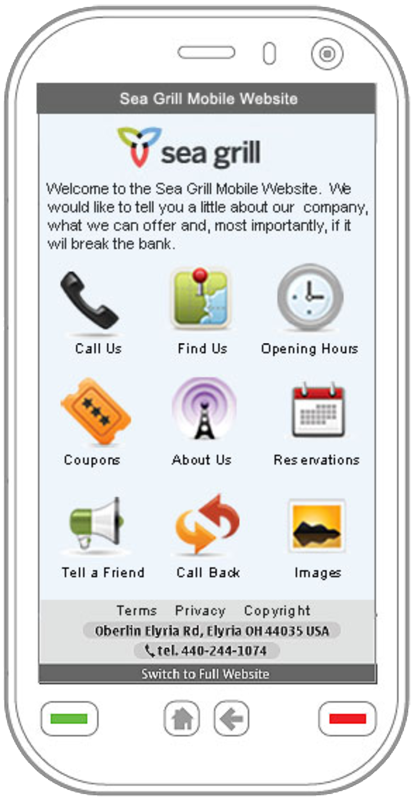Full service versus self-service
A key strategic question in any service business is where to play along the spectrum from managed service (or full service) to self-service. This is particularly true with Web services, which can be either particularly sophisticated (necessitating full service) or particularly simple (enabling self-service).

The answer, as always, will be driven by what your customers need and what you are good at. It will also be influenced by your competitive landscape, your resources, your cost of goods and other business considerations.
The OpenSRS business
I’ll use OpenSRS as an example. We have a big, talented team of engineers and I think we develop pretty usable solutions. Our resellers are also about as capable as they come. But a couple of other factors nudge us more toward managed relationships.
The services we offer are quite sophisticated and quite critical. Registries keep on tweaking their platforms. Spammers keep on spamming. And millions of websites and mailboxes depend on us to run smoothly. It is inevitable that we are going to have to help resellers through our responses and iterations and that they are going to come to us with custom problems and questions. Plus, it’s tough to differentiate ourselves from our competition based on product alone when the product attribute our resellers seem to rank highest is “doesn’t fail”.

So, while we are indeed hard at work on a profoundly more usable control panel, a more flexible API and more robust documentation, we staff a whole bunch of support people, account managers and communications folks and, ultimately, make our living offering superior service.
Although even at that end of the spectrum, we go from lower touch relationships like our Storefront program to higher-touch ones like a large email migration, led by our professional services team. So, our resellers can get as much or little as they need from us. And we manage to achieve both the volume and the blended profit margin we need to have a healthy business.
The web design business
Our upcoming launch of goMobi, the do-it-yourself tool for building a mobile website, has me thinking about the web design business in this context.
Web design, like any creative service, is historically as managed as it gets. Clients are paying for talent and ideas. Fees tend to be hourly, reinforcing the fact that the product is human.
But web design is evolving in an interesting way.
The traditional desktop website is still a wonderful vehicle for creativity, beauty, entertainment, provocation and emotion. It can perform valuable functions and it can position a brand. And no template can do what a talented designer can to bring a brand to life or engage a visitor.

The mobile website, however, has moved in a different direction. Thanks largely to the influence of the iPhone, users are showing a strong preference for mobile websites that offer pure function and speed. Icons and buttons. The goal, at least for websites (as opposed to more playful apps), is to navigate as easily as possible and get the information you need.
We think this creates a business opportunity for web designers. It offers an obvious place to draw the line between managed service and self-service. “I can build you a beautiful desktop site and you can build yourself an effective mobile site (for less than you would expect).” Maybe there’s some training tacked on. Maybe there’s even some demand for a “supported self-service” model. In general, clients spend their money appropriately and get what they need from each channel. Designers continue to make money on desktop sites while they’re awake and now they can make money on mobile sites while they’re asleep.
Web designers will always make their living on talent, ideas and full service. But mobile creates demand for a new kind of website, goMobi has a great self-service solution and designers are in a unique position to deliver it to market.
